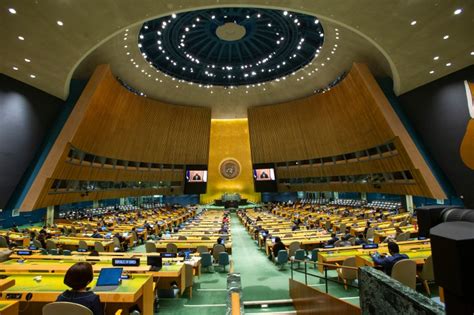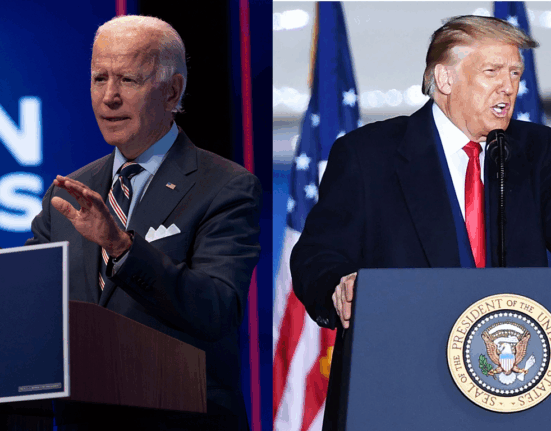Once upon a time, in a world not so far away, there was a belief that isolationism could make nations great again. But as history unfolded, it became increasingly clear that this path only led to fragmentation and impoverishment.
It all began with the reelection of Donald Trump as U.S. president, sending shockwaves across the globe. This event marked another chapter in the ongoing saga of globalization’s decline—a consensus that started fracturing in the 1990s as emerging markets discovered its benefits.
With each passing crisis—the global financial meltdown, the COVID-19 pandemic, and escalating geopolitical tensions—the world edged closer to division. The United States, once a champion of global order, now turned its back on it under Trump’s administration.
As trade stagnated and investment fell globally post-financial crisis, countries began imposing more trade restrictions than ever before. The question lingered: why were nations abandoning a system they helped create? The answers lay in economic upheavals driven by technological advancements rather than mere trade competition.
“In truth, the most desperate immigrants often take jobs that the native population shuns—indeed, that only previous immigrants did,” highlighting how immigrants contribute vital energy if supported correctly.
Technological progress reshaped labor dynamics worldwide. Routine jobs evaporated as machines replaced workers across industries. Developed countries found their competitive edge eroding as emerging markets emulated and even surpassed them in key sectors like electric vehicles manufacturing.
While displaced workers voiced discontent over lost opportunities and status shifts due to foreign competition and automation, structural reforms lagged behind their grievances. Policymakers grappled with balancing job creation against protectionist pressures amidst growing inequality and political polarization.
In developing nations, challenges mounted as traditional livelihoods faced threats from climate change and conflict while commodity prices stagnated. The pandemic exacerbated existing vulnerabilities, propelling desperate populations towards risky migrations in search of better prospects.
“People are attached to their culture and traditions and would rather immigrants assimilate,”
reflecting sentiments around cultural preservation amid immigration debates.
With mounting economic uncertainties fuelling political divisions globally,









Leave feedback about this